Artist: Ronnie Spector
Venue: The Dakota
Date: Monday, December 20th 2010
Before Ronnie came onto the stage, the band opened with a version of Solomon Burke’s, “Presents for Christmas.” This show was billed as “Ronnie Spector’s Best Christmas Ever,” so it wasn’t a stretch nor a surprise to hear a holiday cover to open a show. I was lukewarm to her new Christmas EP. All I really expected was a good version of “Be My Baby” and I would have felt like I experienced a piece of rock and roll history.
I got a hell of a lot more.
When Ronnie took the stage, the atmosphere changed. Her smile beamed and her eyes , nearly covered by her bangs, twinkled. About five songs into the night, she covered Amy Winehouse’s “Back To Black,” relaying a story of how she performed it in London, while Ms. Winehouse was a member of the audience. She told Amy in her New York accent, like a teenager on the telephone, that she was wearing her hair wrong. The correct Ronette-inspired beehive is supposed to be upright, not tilted. Ronnie said the following night, Amy’s hair was right.
“Back To Black” was a cover I didn’t expect to hear, in fact, there were a lot of numbers I didn’t expect to hear. The flow of the show was expertly constructed, drawing for all stages of Spector’s career, interspersed with Christmas music. “Back to Black” seamlessly segued into “You Baby,” a lesser known Ronettes number with an elegant melody. The juxtaposition of the two numbers exhibited the influence of Ronnie Spector on contemporary music and also reminded us that the Ronettes had some great cuts that don’t get the airplay or attention as some of their hits, but yet they are magnificent numbers.
After “Frosty the Snowman,” Ronnie introduced the Joey Ramone number, “She Talks To Rainbows.” It finally hit me at that moment, what an influence she had on Joey Ramone’s singing. Part of it is a “New York thing,” and of course, you had the Phil Spector produced End of the Century album. And then there were the Ramones bangs, just barely covering the eyes, just like Ronnie’s that evening.
Ronnie spoke of her influences too, especially doo-wop, which she seemed very enthusiastic to perform. Her version of the Students, “So Young” (which the Ronettes did cover during their prime) made you believe that she was performing this out of pure love for the song and genre.
To top things off, Ronnie’s bad was great. The drummer hit hard, sounding like a multi-tracked Hal Blaine, gaining a great groove with her bass player. The guitarist never overplayed, the two keyboardist did their best with modern technology to mimic the bells and whistles of the Wall of Sound, but most importantly, she had a great pair of…back up singers. (If you saw the show, you thought I was going to say something else, didn’t you?)
When I found myself singing along to some of the numbers, I was singing the back up parts; the oooohs and ahhhhs and ohs. Those voices are just as much of the musical canvas as other instruments in the band. They’re a lot like a string section, adding this layer of buoyancy for the music to flow. The front man of a band always gets more attention, but Levi Stubbs would sound naked without the Three Tops, and Gladys Knight’s songs wouldn’t pop without the Pips. And to hear Ronnie without a couple of other women on stage, just wouldn’t be the same.
Ronnie talked about a long running engagement she had at a gay bar in New York City. One night she saw a man weeping in a corner booth. It was Johnny Thunders. She then did a knock out version of “You Can’t Put Your Arms Around A Memory.”
She did her share of name dropping throughout the night, but it felt really genuine. She was friends with John Lennon. Joey Ramone produced an album for her. She knew Johnny Thunders, and of course, she even kidded about Keith Richards (she seems to have a penchant for making friends with junkies). All those relationships were reminders to us that there was a career after the Ronettes and she embraces all parts of her tenure during her performance. And it was great.
She closed the show with “Be My Baby” obviously recognizing the power of that number. You got to leave them wanting more. For an encore, she came out wearing a sexy Santa smock to sing “I Saw Mommy Kissing Santa Claus, followed by Lennon’s “Happy Xmas” and closing the night with “I Can Hear Music.” “I can hear music, sweet, sweet music. Whenever you touch me, whenever you’re near.”
Grade: A
Here’s the setlist:
The band opened with “Presents for Christmas” and then…
1. My Christmas Wish
2. Is This What I Get
3. Girls Can Tell
4. Christmas Once Again
5. Back To Black / You Baby
6. Do I Love You
7. Paradise
8. Frosty The Snowman
9. She Talks To Rainbows
10. Baby I Love You
11. So Young
12. Keep On Dancing
13. Sleigh Ride
14. Please Say You Want Me
15. Best Christmas Ever
16. Walking in The Rain
17. The Best Part of Breaking Up
18. You Can’t Put Your Arms Around a Memory
19. Be My Baby
Encores:
20. I Saw Mommy Kissing Santa Claus
21. Happy Xmas (War Is Over)
22. I Can Hear Music
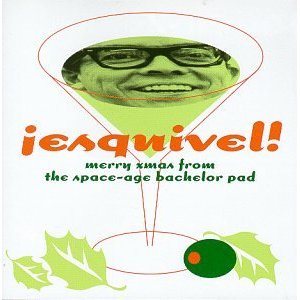





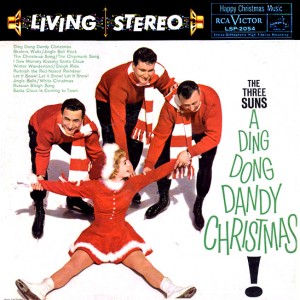

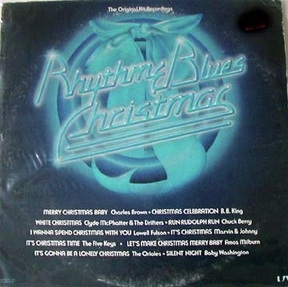
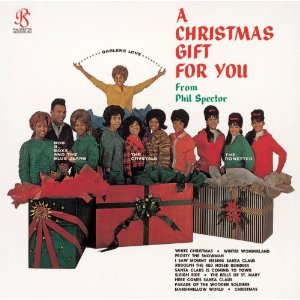
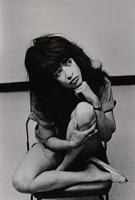 Artist: Ronnie Spector & The E-Street Band
Artist: Ronnie Spector & The E-Street Band So what’s it all about, Alfie? Strobe lights, feathers, giant puppets…Janelle Monae, Prince, a sell-out crowd….Ninjas, angels, body suits…Maybe it’s best not to ask.
So what’s it all about, Alfie? Strobe lights, feathers, giant puppets…Janelle Monae, Prince, a sell-out crowd….Ninjas, angels, body suits…Maybe it’s best not to ask.